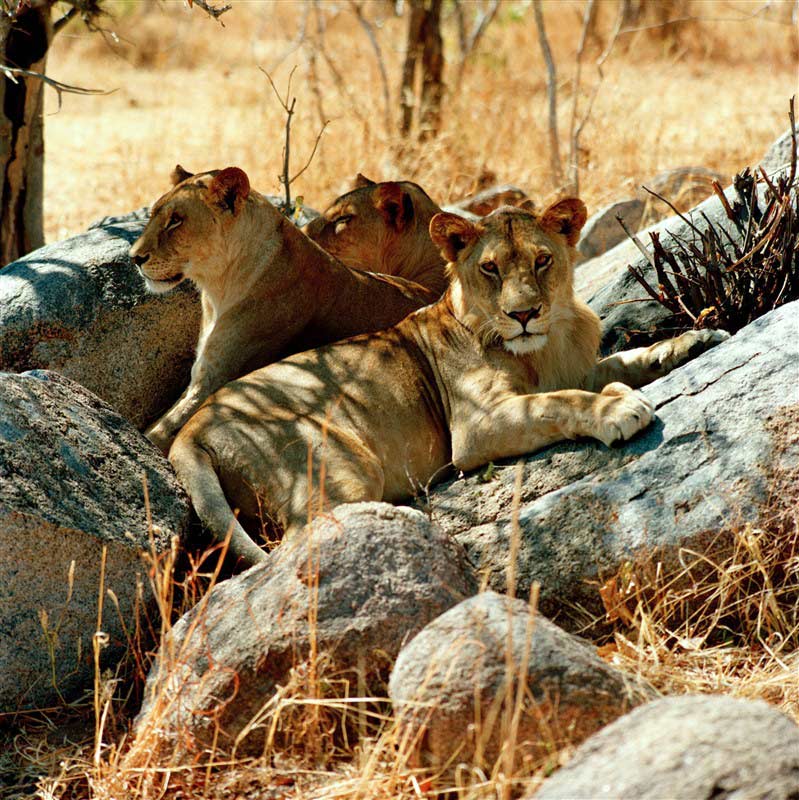The emotional impact the African landscape has on visitors is second to none. Fly to some of the best national parks in Tanzania to see the vast landscapes, abundant wildlife and diverse colours for yourself.
- The Serengeti
- Ngorongoro Crater
- Lake Manyara
- Tarangire National Park
- Arusha National Park
- Kilimanjaro National Park
- The Selous Game Reserve
- Ruaha National Park
1
The Serengeti
Unmissable: endless Savannah, four million wild animals. The dream. The Serengeti is Tanzania's largest national park: 5,700 square miles exclusively reserved for wildlife since 1951 and the heart of a vast ecosystem with much greater dimensions, combining the protected site of Ngorongoro, the Maswa Game Reserve, the controlled areas of Grumeti and Ikorongo, the Kenyan nature reserve of Masai Mara and the controlled area of Loliondo (up to Lake Natron). 11,583 square miles controlled in such a way as to ensure that human activities remain compatible with the welfare of the wildlife. The conservation effort in this immense territory is mainly to preserve the presence of migratory routes involving hundreds of thousands of zebras and wildebeest.
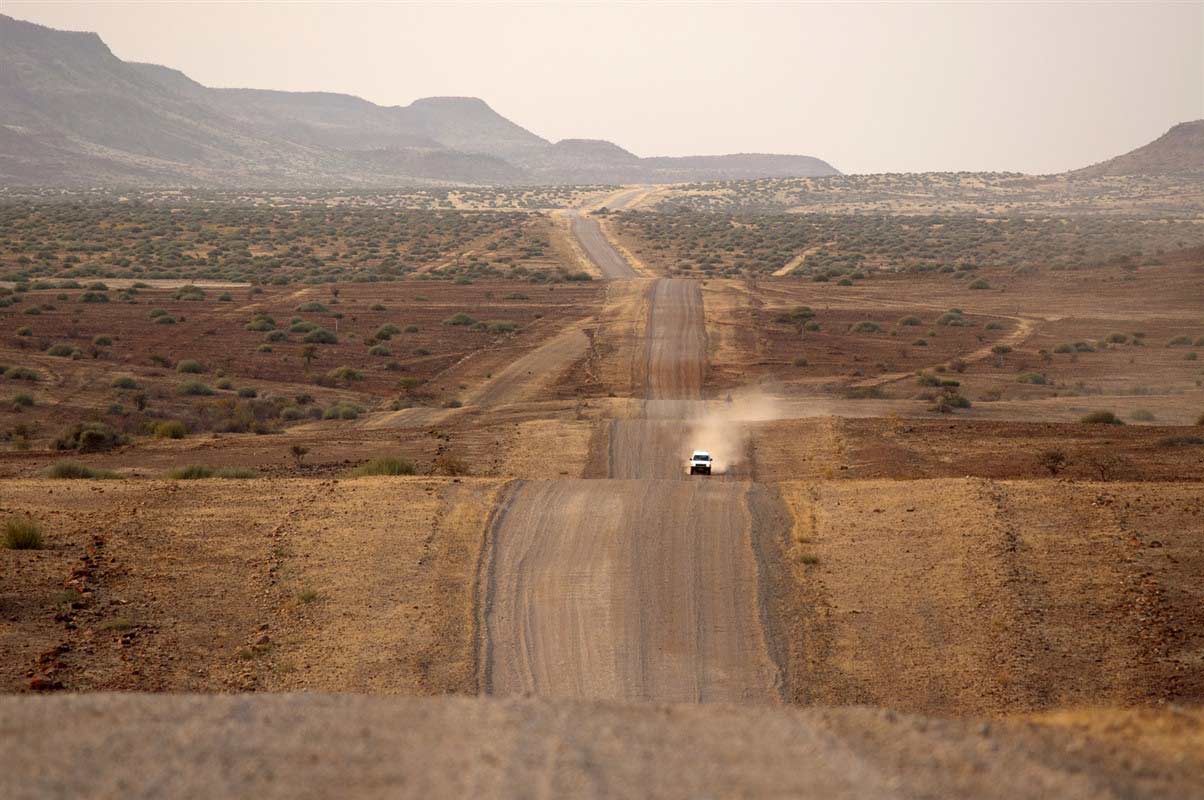
2
Ngorongoro Crater
The largest crater in the world is a safe haven for a remarkable assortment of wildlife. The Ngorongoro site was declared a World Heritage site by UNESCO in 1980 because it boasts one of the most marvellous natural phenomena on Earth: a huge crater that acts like a vast natural zoo. Three million years ago, a major eruption devastated the Ngorongoro volcano and the collapse of the cone left the largest caldera in the world - a staggering 12 miles in diameter. Surveying this site is a truly awe-inspiring feeling, one that grows with the discovery of more and more African species of flora and fauna as you approach the bottom of the crater. The reserve contains other less impressive but equally admirable extinct volcanoes as well as two outstanding palaeontological sites in Olduvai and Laetoli.
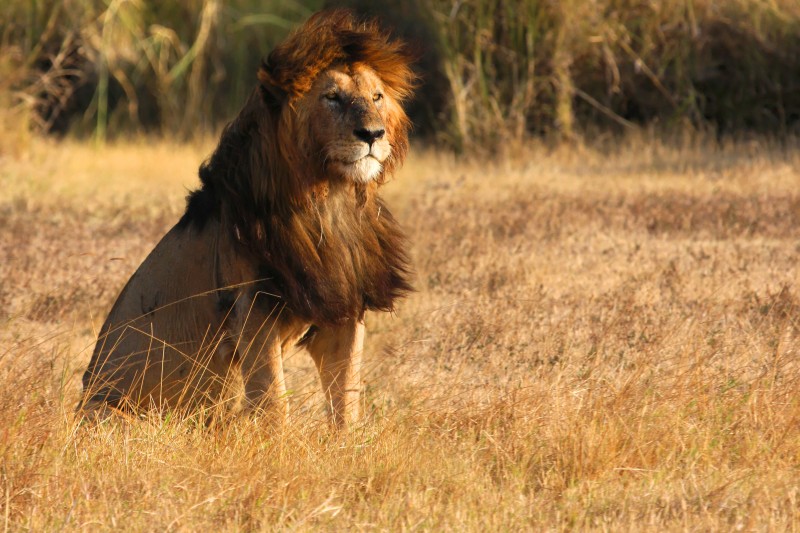
3
Lake Manyara
A large lake that is home to exceptional wildlife, thousands of birds and primary forest. The Manyara National Park encompasses the northern half of the lake and its western shore, which ends a few miles from the escarpment. The distant sight of flocks of birds on the hazy horizon is unforgettable. Herons, egrets, ospreys, ibis, pelicans, jacanas and plovers are just some among the 380 species recorded. Lush vegetation greets visitors as they enter the park, where towering trees take advantage of the rich volcanic soil and porous rocks help underground streams reach the roots. Those lucky enough might even see baboons gathered in troops of between 30 and 100. The park is also home to impalas, giraffes, buffaloes and zebras.

4
Tarangire National Park
Dry savannah landscapes, baobab forests and elephant herds are all part of the splendour of the Tarangire National Park. This park is a quiet, wooded savannah, where a rich variety of thriving fauna - including tree-climbing lions - can be spotted from open vehicles. Add African bush elephants, plains zebras, Masai giraffes, impalas, blue wildebeest, buffaloes, bush pigs, common elands, common waterbucks and Tarangire is a quadraped-rich environment. Birds can also be found on many of the wetter banks of the Tarangire River. Keep an eye out for brilliantly-coloured parakeets known as lovebirds. Termite mounds are very common in Africa and abandoned mounds are often used for shelter by dwarf mongooses. In the north of Tarangire National Park, the majestic baobab trees are among the finest examples of this species anywhere.
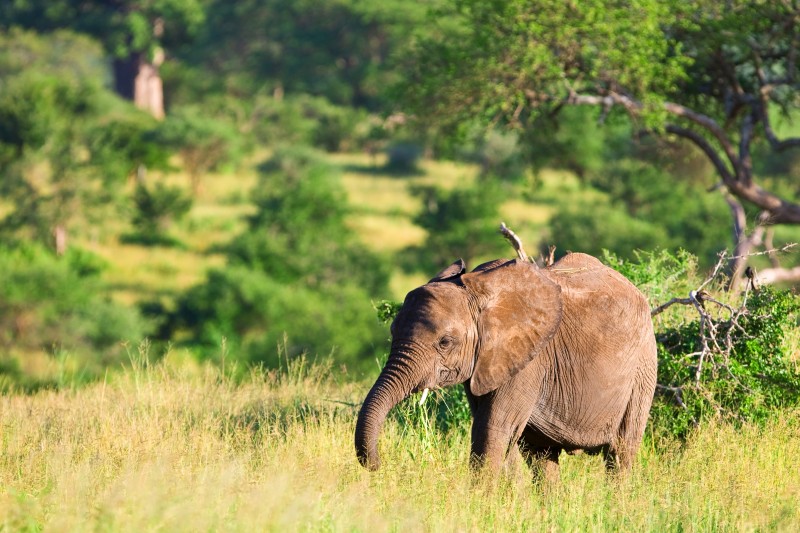
5
Arusha National Park
Enjoy a lovely break at the foot of Kilimanjaro at the beginning or end of your stay. Arusha National Park covers Mount Meru, a 14,980ft volcano in the Arusha region, in the north of the country. Tanzania's smallest national park covers just 52 square miles. To the west, the Jekukumia River runs through the Meru crater. To the south-east, the Ngurdoto crater is covered in pastures. The north-eastern Momella Lakes are home to many species of wader. Kilimanjaro, 37 miles north-east of the park, is visible on a clear day. The park is home to elephants, giraffes, buffaloes, zebras, warthogs, mantled guerezas, blue monkeys, flamingos and more.
6
Kilimanjaro National Park
The so-called 'roof of Africa', Kilimanjaro is the highest point on the continent. The large village of Moshi, located at the foot of Kilimanjaro and not far from Mount Meru, is often used as a starting point when climbing to the summit of Kili or exploring the splendour of Tanzania's north. While its main charm lies in its African authenticity touched with Asian influences, it is also known for the quality of its coffee plantations - Kilimanjaro being one of Tanzania's main coffee growing regions. This is a must-see and one of the best national parks in Tanzania.
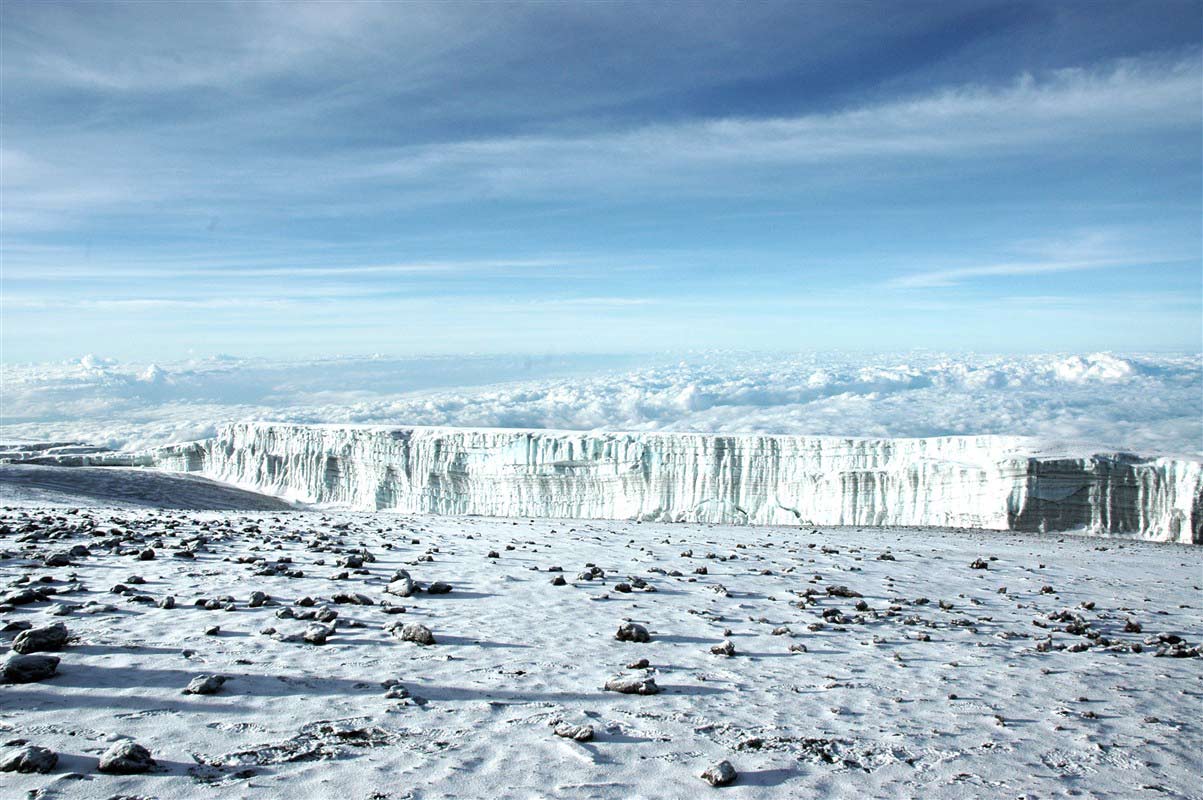
7
The Selous Game Reserve
Head to the largest reserve on the continent - home to one of the largest elephant populations in the world - for another safari experience, far from the beaten track. With an area of 5,405 square miles, the Selous is twice as large as the Serengeti and the largest reserve in Africa. Extraordinarily, this immense territory was once dedicated entirely to hunting. Nowadays, however, the Selous is about shooting photos, not rifles. There are several admirable eco-lodges, operating in the same way as private reserves, and including all their services in one price. Safaris are by 4x4, allowing you to discover pristine nature, abundant fauna and the Selous's stunning landscapes.
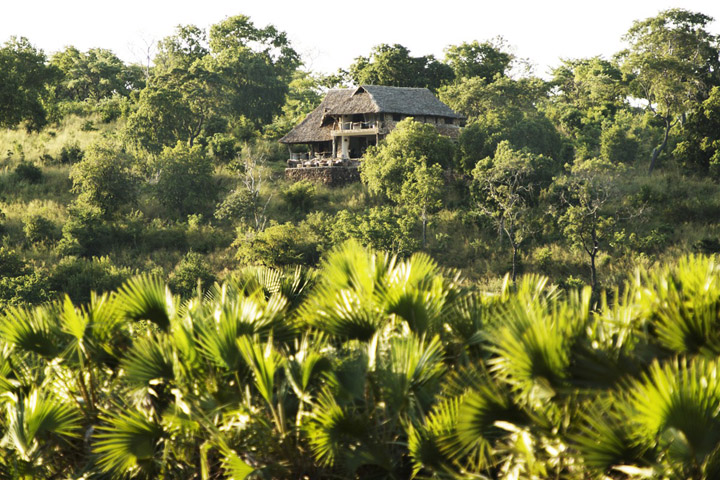
8
Ruaha National Park
The Ruaha National Park is enormous and one of the wildest in the country. Crocodiles and hippos can be seen on the banks of the Great Ruaha River that gave the park its name. The park's 5,019 square mile area makes this isolated and remote reserve the second biggest reserve in the country after the Serengeti. It's also the top park in Eastern Africa in terms of elephant population. It's also one of the lesser-known national parks in Tanzania and therefore one of the wildest. In addition to elephants, this beautiful landscape is home to many of the most well-known African species.
